
How To Maximize Your Efficiency As A Filmmaker
One of the most difficult parts of being a professional filmmaker is effectively managing and budgeting your time.
Continue ReadingBy Caleb Rexius
10 years ago, almost to the day, I got my first camera and my first paid project. So, in honor of my first decade in the business, I want to share my top 10 tips and lessons that I’ve learned along the way.
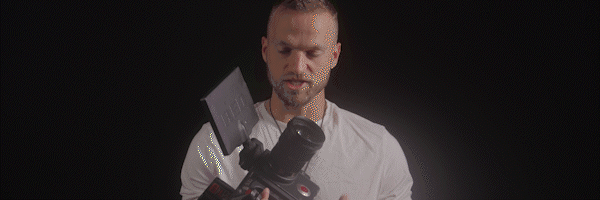
You can continue reading, or you can just watch the video here:
These aren’t in order of importance. Here we go.
I’ll talk about 2 cameras here as an example. This is my A cam, the Red Gemini. It’s actually pretty stripped down for a Red, and that’s how I like it.

I have no interest or care in attaching extra junk and accessories to this to make it look cooler for the obligatory instagram profile pic of me holding this huge monster of a camera, with wires and monitors and metal everywhere.

Even as is, it’s kinda bulky and clunky and slow, especially compared to my mirrorless options – enter the Sony A Series.

This one is my not my A cam, B cam, or even my C cam really, but this Sony a6500 is a beast, and honestly some of my best cinematography has been shot with this dinky little thing.
It’s around $1000, and with a good lens, you can capture some nice, crisp, detailed images. The size doesn’t really matter. I’ve had shots from this little setup get placed on national TV ads. The “behind the scenes” picture of me holding probably doesn’t look as cool and as inspirational, but if you know where a camera’s strengths and weaknesses lie, you can accomplish a lot, for a little budget.

Now sometimes, you have to impress a client, (thats a real thing, right), and if you get there holding this, and the Art Director for the shoot is like, “hey that’s the camera my neighbor kid uses for filming his pet rat YouTube channel videos”, that can be kind of be awkward sometimes. But still, final product is what really matters, not size. Size doesn’t matter. Moving on.
I might take a little heat on this one. But it’s true. Physical health matters.

Whether you’re climbing up a mountain trail to capture an epic sunrise or sunset, moving some bulky C stands or sand bags around a studio, or walking around downtown Manhattan with 30 lbs. of gear in your backpack all day long (these are all personal experiences by the way), our fitness level matters, and it can be a real hurdle if your personal health is not prioritized in your personal life.
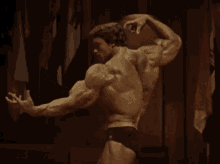
You don’t have to be Mr. Olympia, but I think we as filmmakers need to be at a place where our fitness level is never to blame for missing a shot that we could have gotten, or giving up on a shoot too early because you’re just too physically tired and exhausted.
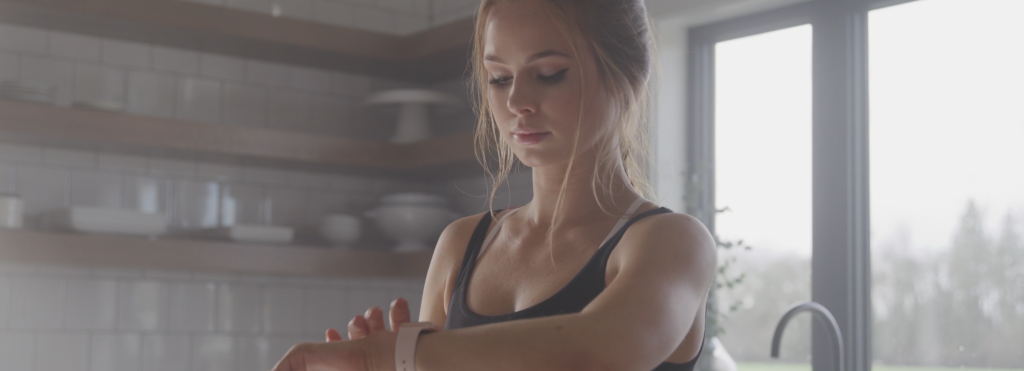
And one more add-on while we’re talking about health – get good sleep. I’m going to sound like an old man here, but I appreciate the funny memes about filmmakers and editors just being notoriously bad at getting good sleep and staying up all night to work on edits, eating Cheetos and drinking Mountain Dew. For my first few years in this industry, I was totally guilty of that. But I think it can be avoided, and sleep must be prioritized. I’ll speak for me: it is essential for me to get good sleep for my focus, my motivation, and especially my creative inspiration. Every aspect of my productivity is tied to my sleep health. Health matters. Physical fitness matters.
Listen, music is important…like really important. And for me personally, it’s usually the very first thing I do when thinking through a new project, new promo, or even a wedding highlight. I like to find music first because it not only sets the mood for the final video product, but it also influences all of the creative decisions made through the whole process, whether it’s writing a short script or narration, browsing footage to use, or thinking through graphics and other elements. It’s important.

And yes, music is make-or-break, but it doesn’t have to break your budget. There are plenty of options out there. I’m not gonna list them all here, but filmpac.com is a great place to start. Lets move on.
I have never, ever, in 10 years of making videos, woke up in the morning, sat at my desk, and thought, “hmmm, I have nothing to do”. Never.

Sure, there are days when there isn’t a pressing deadline. But there is always something you can be doing. If an aspiring filmmaker comes to me and says there’s just nothing to do, honestly this is harsh, but they’ve already lost. There’s always a craft to be improved upon, a prospect to contact, or a camera to be picked up. Walk outside and just go – start doing stuff. Start making stuff. There’s always something.
Okay, I’m for sure gonna lose people here, so I’m going to keep it quick: learn some basic math. PLEASE, before you stop reading, just let me explain. There are some basic calculations that you should know that help get you to the right frame rate and playback, export settings, and crop factor calculations for lenses. Basic arithmetic, really.
For example – if you’re shooting a video in 60fps, but you want your shots to have that 24p slowmo look, you probably need to know how much you need to slow it down so it fits correctly within a 24p timeline, right? The answer is 40% speed gets you there, because 60 x .4 = 24.
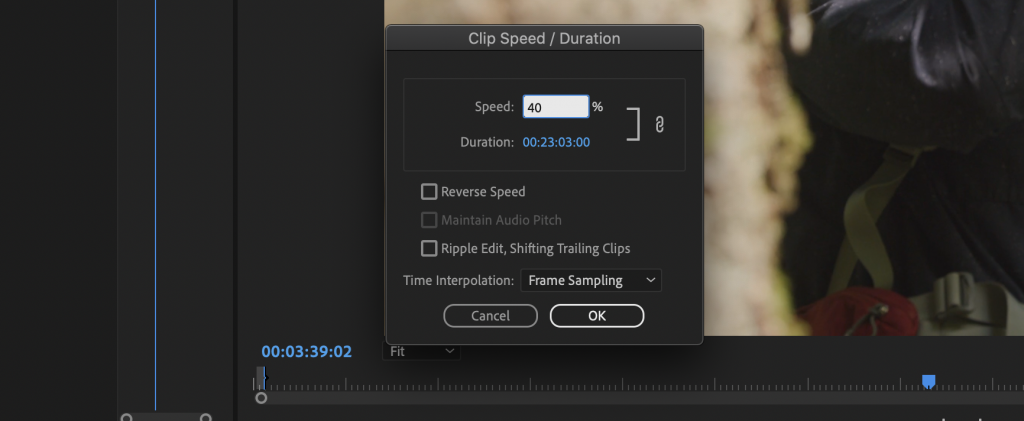
It’s 6th grade math that we’ve all forgotten, but probably should get a refresher on. I can’t explain it all now, but I will later in another video. And it’s shocking to me that very advanced editors sometimes don’t quite grasp this basic concept, what I call cinemath. And the consequence is that you can export and deliver a video with dropped frames, or worse yet, additional frames that just look bad. Ok, I’ve probably already lost enough of you already. Moving on.
In shooting, editing, and life – moderation wins.
A really cool new dramatic color grading preset? Moderation.
Awesome new drone shots for my next video? Moderation.
Really cool gimbal work? Moderation.
Speed ramp transitions? Moderation.
Film burn FX and overlays and graphics? Moderation.
When you look at some of the best ads, videos, and films of all time, ones that have lasted many years and are still cool, they’re timeless because they were tasteful and moderate.
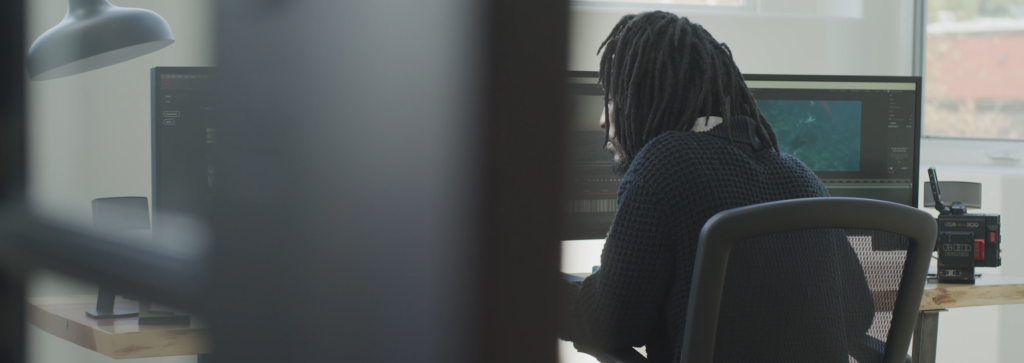
At the end of the day, with all the rules you’re supposed to follow, and all the influencers you’re supposed to listen to, and all the ways you’re supposed to do things, you need take them in, consider them, respect them, and then go be unique. Go be you.

I think every individual – every creator – can and does bring something unique to the table. Something new. There’s only one of you. So go be that person.
This is actually probably the most important thing when it comes to getting and retaining clients – communicate.
Communicate well with your clients!
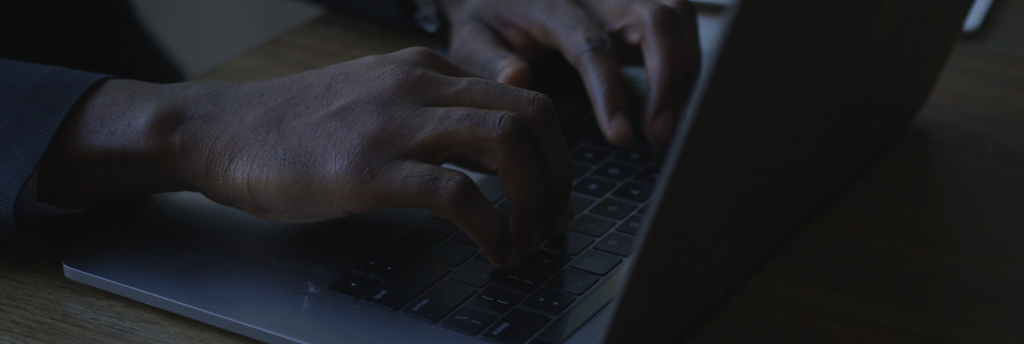
On a personal level, with my friends and family, I’m just terrible at follow -ups and responding to texts and emails in a timely manner, and I come across as short and abrupt. But when it comes to my business, I’m a different person.
This is probably its own blog, so I’m going to briefly emphasize the importance of just communicating. I don’t care if you’re tired, on vacation, offended, or super busy, respond to the email with a smiley face and a good attitude. Whether it is a new client prospect or a lingering project that you’re absolutely tired of, communicate.
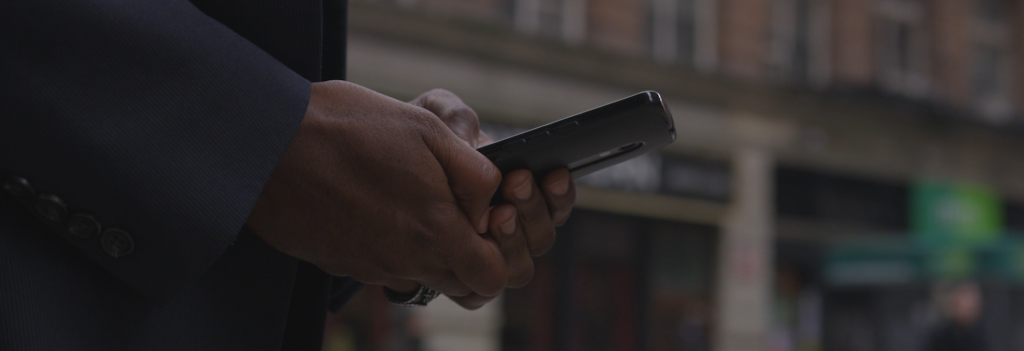
And I’m going to add one more thing: re-read your text/emails in your head in a negative or even neutral tone, and see if it can be portrayed as aggressive or passive aggressive. Things can be taken the wrong way when they’re just words on a screen.
Acclaimed author Malcolm Gladwell has popularized the 10,000 hour rule. The principle holds that 10,000 hours of deliberate practice are needed to become world-class in any field.

The message here is that it takes a lot of intentional time to refine your craft. And if you want to be successful at filmmaking, photography, or underwater basket weaving – I don’t care what the field is – it takes time and patience. You’re going to have to push through some discouragement and setbacks, but at the end of the tunnel, you’ll be able look back and see how far you’ve come, and it’s always super rewarding and exciting.
And the last one, at #10 (you should have seen this coming) – sometimes you just need to use stock.

Even the most experienced cinematographers and filmmakers know this. We want to create original works of art and films that are consistent with our own style, from personal passion projects to big corporate clients. I get it. I’m with you. I understand.
But there are limitations to what one person or production house can do. It could be a lack of financial resources, access to specific talent, geographical restrictions, or even a global pandemic.
I started a stock footage website in 2017 – www.filmpac.com – and it was birthed from years of pain and frustration from trying to find good-looking stock footage, with a consistent aesthetic, for a reasonable price. So go check it out for more content, tutorials, and of course, the best stock footage and music the industry has to offer.

In conclusion, I hope this was educational, inspiring, and maybe even funny. Maybe we can do a deep dive into one of these topics (or a different one) if you’d like. I’d love for you to leave a comment, or even send me a message, and let me know what you thought about this list, or if I missed one. Once again, thanks for watching, and keep creating.
Caleb is the founder and lead cinematographer at Filmpac.

One of the most difficult parts of being a professional filmmaker is effectively managing and budgeting your time.
Continue Reading
Want to make money selling footage through a major stock footage platform like Filmpac? This page will walk you through the processs.
Continue Reading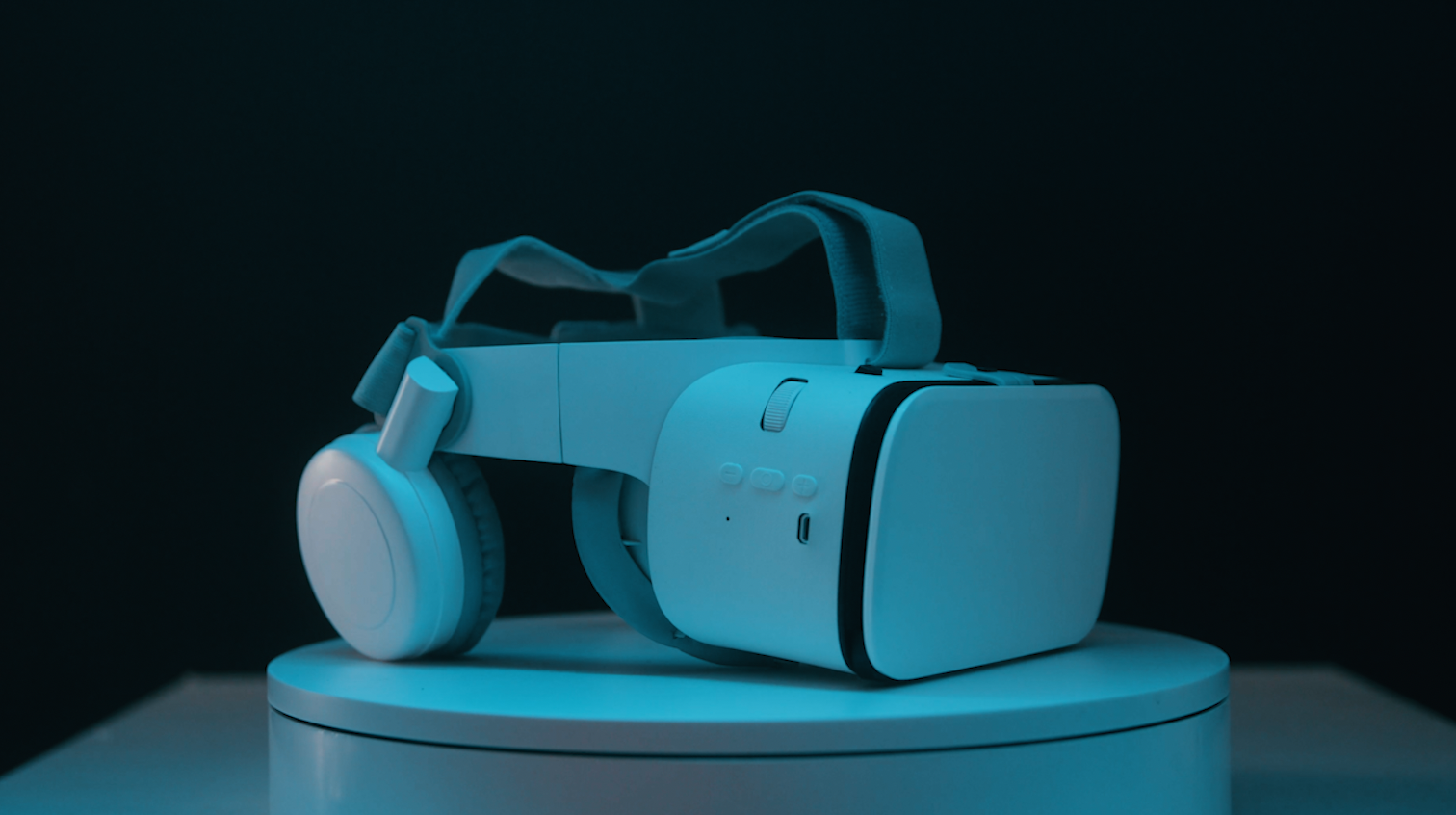
Virtual reality could be the biggest shift in the way we consume our content since the proliferation of the smartphone.
Continue Reading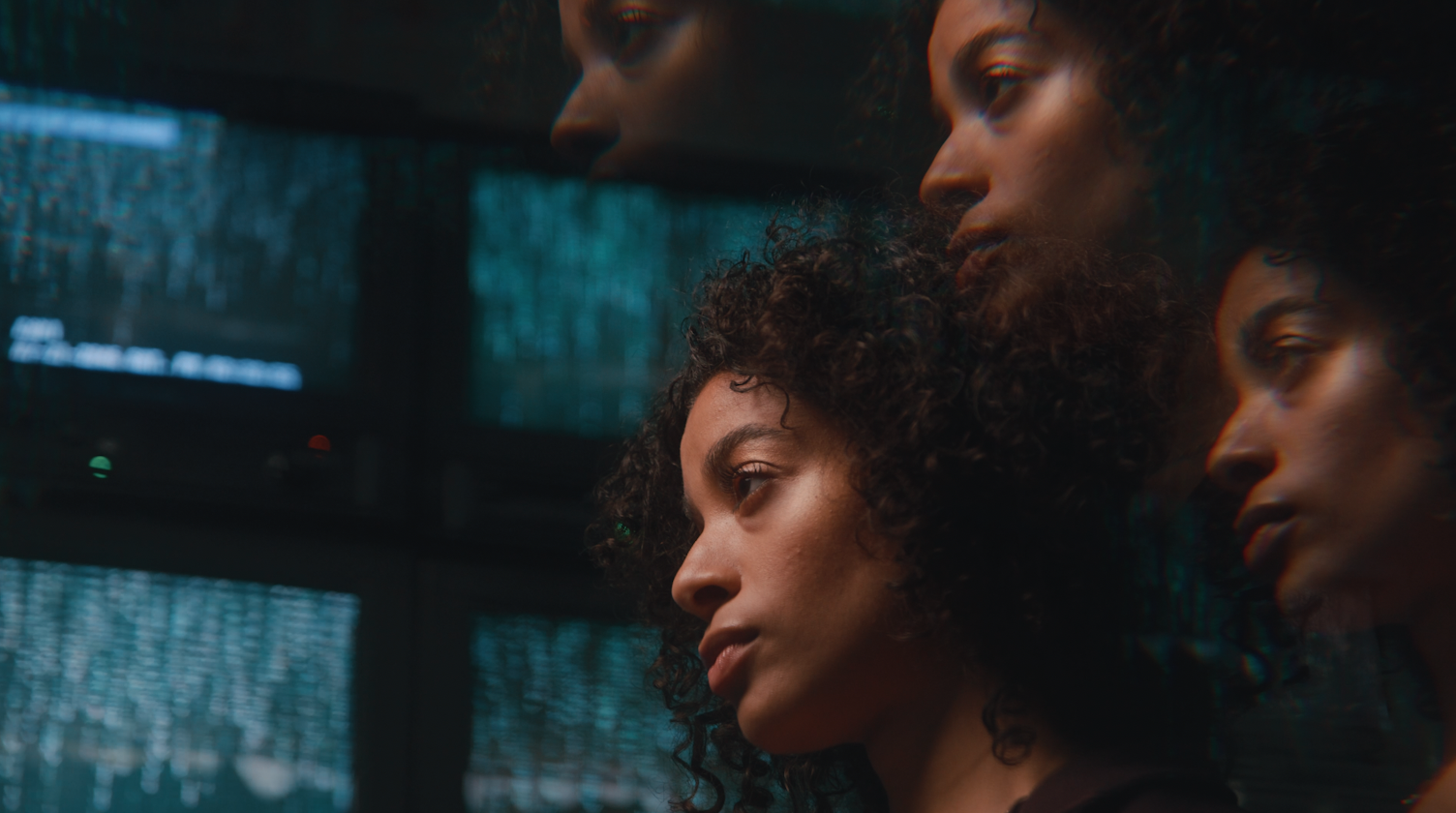
We know you work hard at your craft, and we want to invite you (yes YOU) to show us what you've got in our 10-day Ad Challenge!
Continue Reading

One of the most difficult parts of being a professional filmmaker is effectively managing and budgeting your time.
Continue Reading
Want to make money selling footage through a major stock footage platform like Filmpac? This page will walk you through the processs.
Continue Reading
Virtual reality could be the biggest shift in the way we consume our content since the proliferation of the smartphone.
Continue Reading